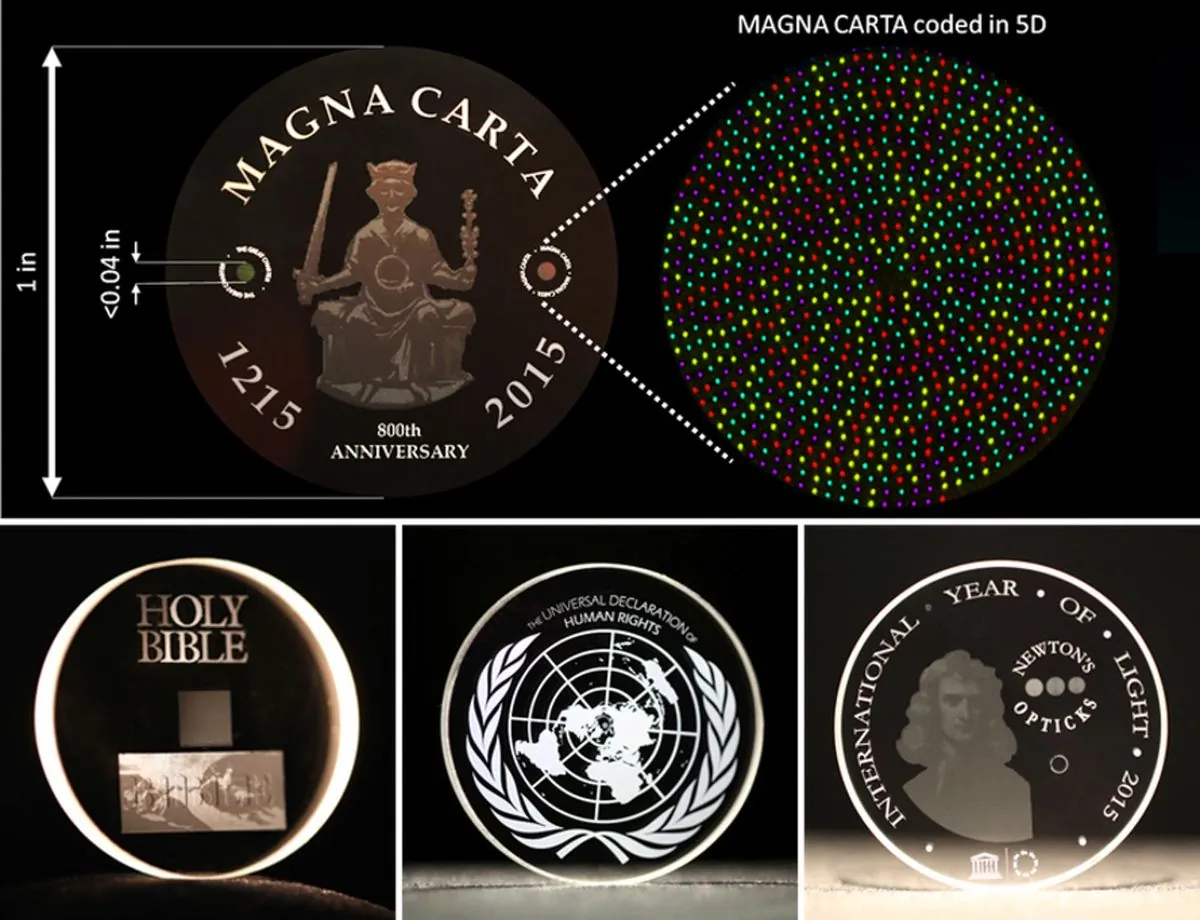In a groundbreaking development reminiscent of science fiction, a scientist has encoded his own genetic information onto a 5D memory crystal, potentially paving the way for human reconstruction in the distant future. This remarkable achievement, part of the Memory of Mankind time capsule project, involves storing vast amounts of data in a salt cave in Hallstatt, Austria.
Peter Kazansky, a professor in optoelectronics at the University of Southampton, has etched his genome onto a 25mm-long crystal capable of withstanding extreme conditions. This innovative storage method can preserve up to 360 terabytes of information for billions of years, surpassing the longevity of any known data storage medium.
The crystal's resilience is truly remarkable. It can endure temperatures ranging from freezing to 1,000°C, withstand pressures up to 10 tons per square centimeter, and remain unaffected by prolonged exposure to cosmic radiation. These properties make it an ideal candidate for long-term data preservation.
The technology behind this achievement involves ultra-fast lasers that inscribe data into nano-structured voids within silica, with feature sizes as small as 20 nanometers. This level of precision allows for an unprecedented data density, far surpassing current storage technologies.
While the ability to synthetically create humans from genetic information alone is not currently possible, the longevity of the 5D crystal ensures that this data will be available for potential future advancements. This concept draws parallels to the plot of Steven Spielberg's 2001 film "AI: Artificial Intelligence," where a human is reconstructed millions of years after the end of civilization.
"The visual key inscribed on the crystal gives the finder knowledge of what data is stored inside and how it could be used."
The crystal includes not only DNA data but also instructions for reading and interpreting the information. It features images of humans, text files, and explanations of DNA structure. A visual key provides information on universal elements, DNA bases, the double helix structure, and how genes position into chromosomes.
This project represents a significant milestone in the field of data storage and preservation. It combines advancements in nanotechnology, first conceptualized by physicist Richard Feynman in 1959, with our growing understanding of genetics, which has progressed rapidly since the discovery of DNA's structure by Watson and Crick in 1953.
The potential implications of this technology are vast. While current cloning techniques, first demonstrated with Dolly the sheep in 1996, are limited, future advancements could potentially use this preserved genetic information for more complex reconstructions. As research into quantum computing and synthetic biology continues to advance, the possibilities for utilizing this stored data may expand significantly.
As we look to the future, this crystal serves as a time capsule of human genetic information, waiting to be discovered and deciphered by future generations or species. It stands as a testament to human ingenuity and our desire to preserve our legacy long after our civilization may have passed.
